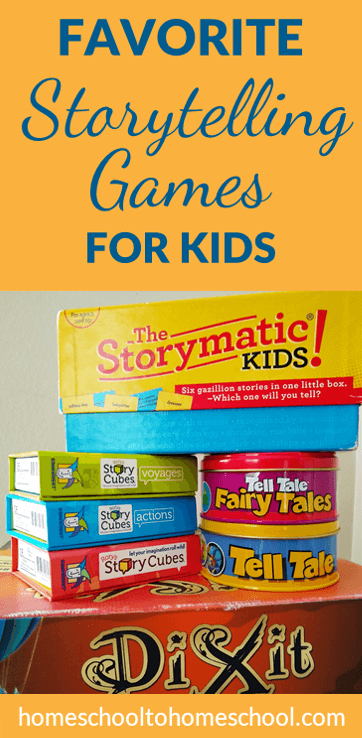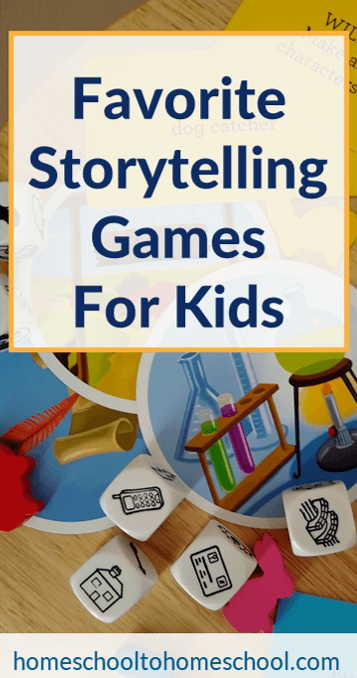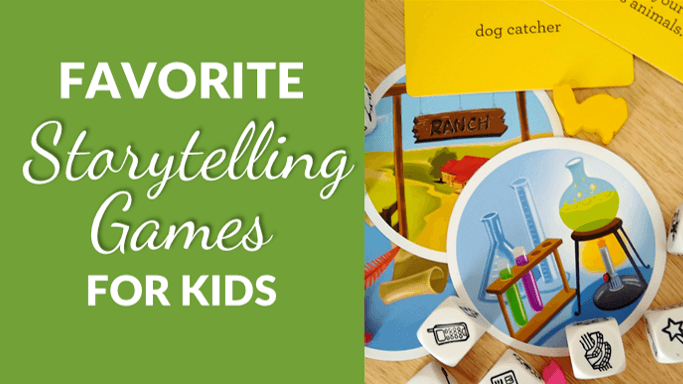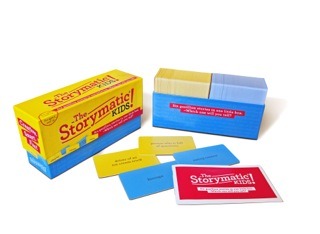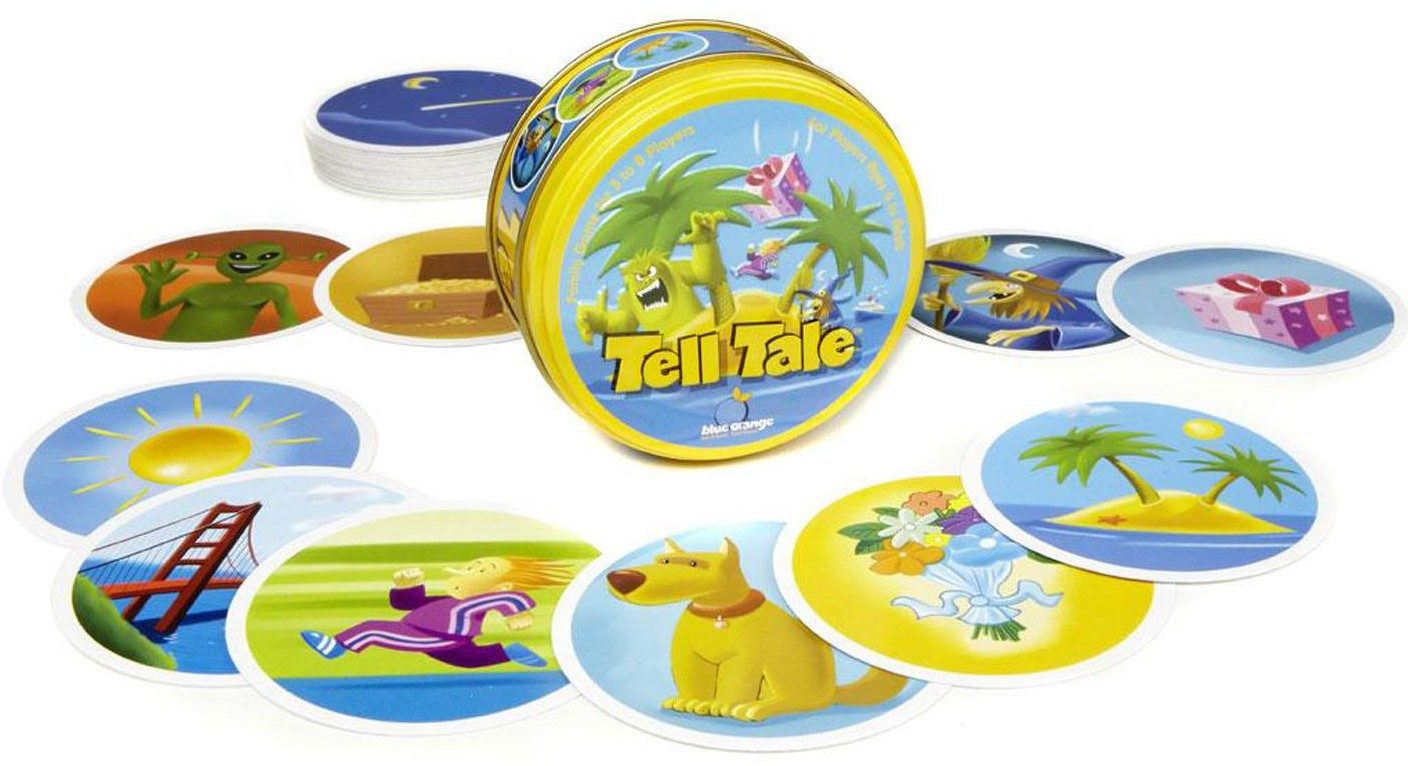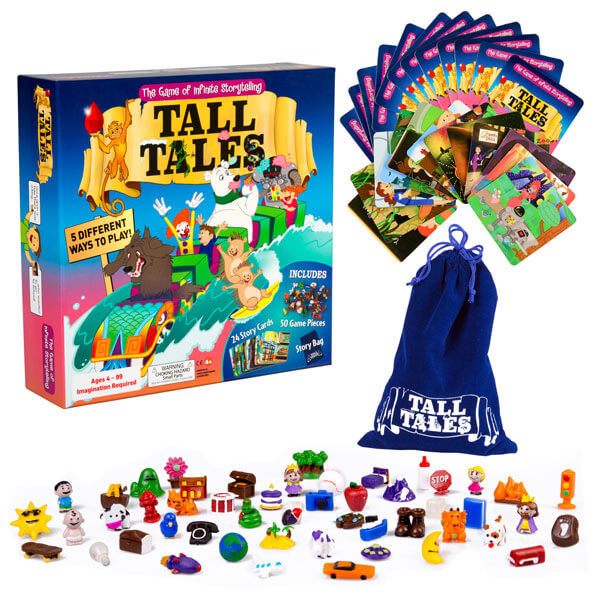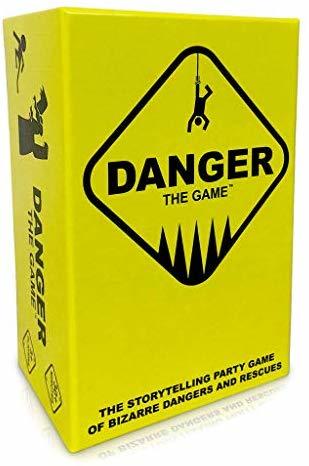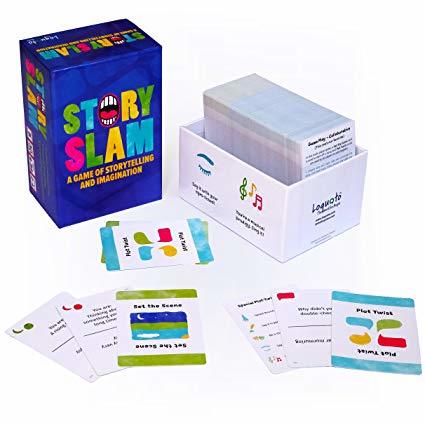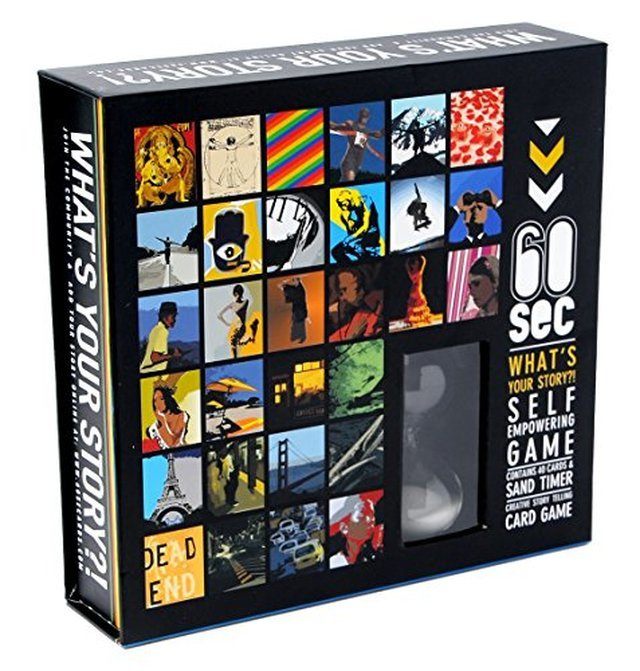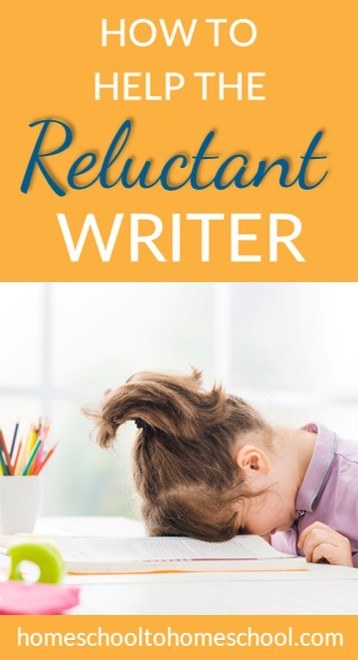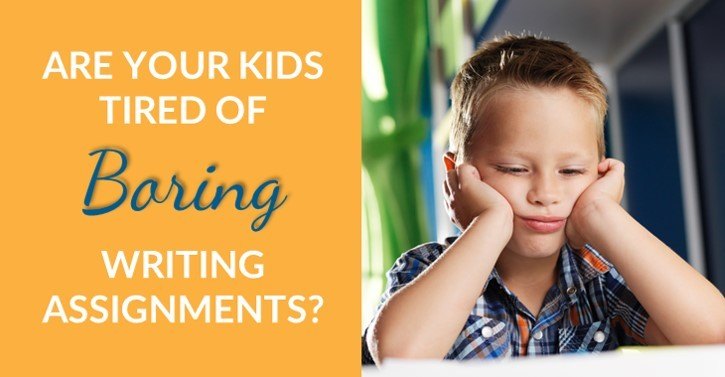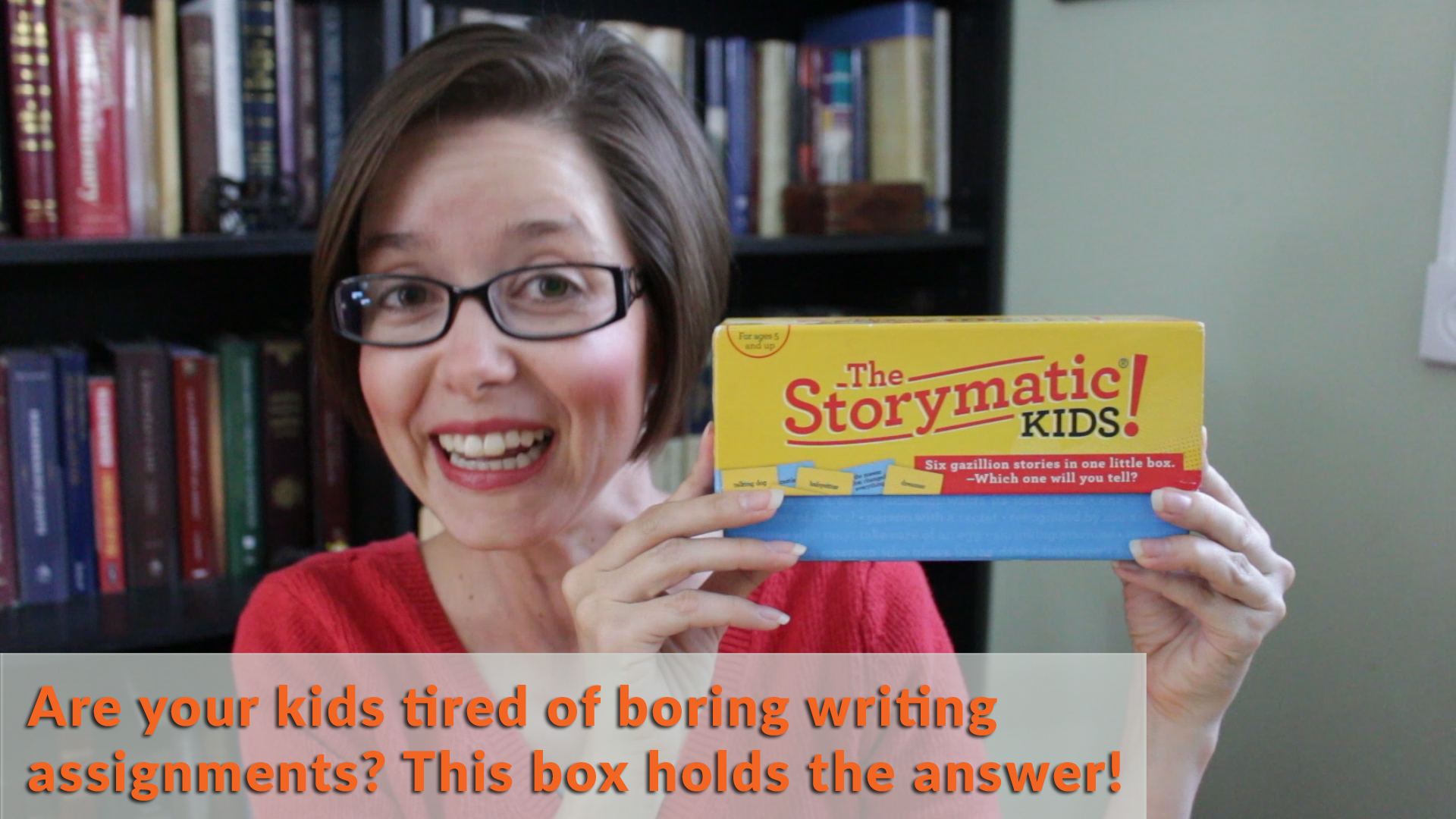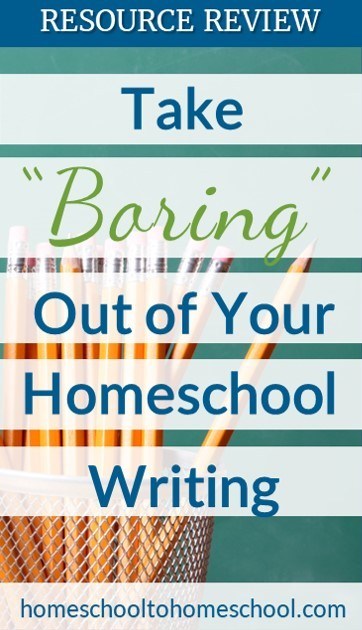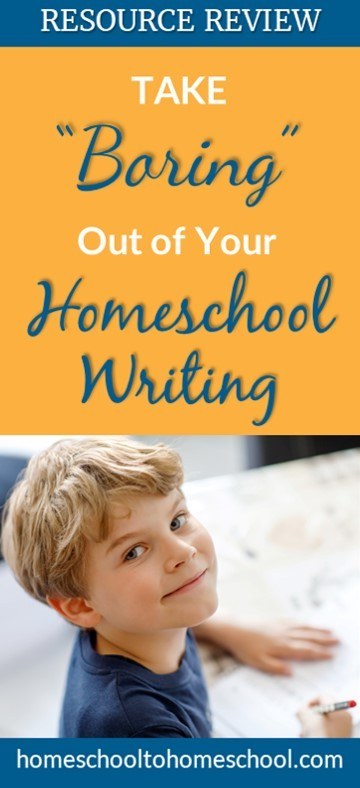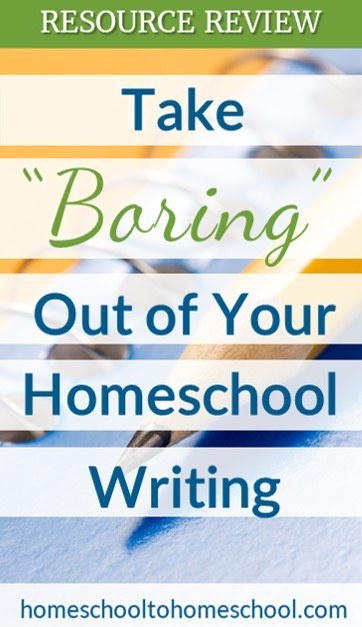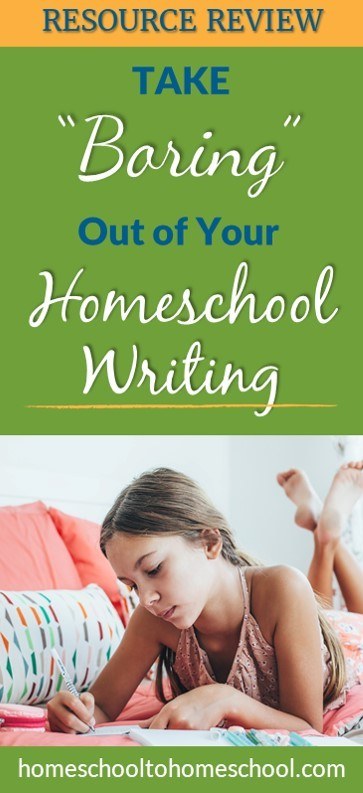We have used A LOT of games in our homeschool over the years, and storytelling games are some of my favorite!
I’ve shared in the past how we use storytelling in our homeschool to help with creative writing and also for kids who are struggling with writing.
But we’ve also just played storytelling games because they are so much fun. They bring out the creative side in my kids -- which helps them with creative writing and problem-solving.
These kinds of games also help me get to know my kids better. Family storytelling games get us talking and laughing and sharing. I love hearing my kids thoughts -- I learn so much about them that they might not tell me otherwise!
I also use these games in the homeschool co-op writing classes I teach, because storytelling games in the classroom also work really well. They are great creative writing games that help them get started with stories that I ask them to write.
So today I’m putting together a list of my favorite storytelling games for kids all in one place.
(And don’t forget to check out my review page for games and books we love in every homeschool subject.
I also did a review of my Favorite Math Games for Homeschool you can check out if you want games for math!)
Storymatic
Storymatic bills itself as a “gazillion stories” in one box -- and that’s an accurate description.
I love this game because there are two kinds of cards - character cards and situation cards. The situation cards are often silly or intriguing, which pushes the storytelling into new places that you might not otherwise think of.
Check out my full review of Storymatic here or watch the video review below.
Rory's Story Cubes gives you nine dice with six pictures per dice, which gives you 54 images that can be combined in so many ways!
This game is great because it’s so simple, and it works fabulous for kids who are still not reading comfortably yet. (Although I have played just with adults, and it’s also tons of fun!)
Roll one or several cubes and begin creating a story. The game comes with multiple ideas on how to use the dice to play in different ways. (And there are additional dice packs you can purchase to increase the fun!.
Check out my full review of Rory's Story Cubes here or watch the video review below.
Dixit is a storytelling board game that combines storytelling with hints & guessing to create a game that all ages can enjoy together.
This is one of the storytelling games that my family pulls out on “game night” and not just during the school day. We played it for years when my youngest still couldn’t read (he was 12 before he was reading comfortably). It’s challenging for all ages -- but simple enough that even young kids can understand.
Dixit also has several expansion packs you can purchase that we’ve really enjoyed.
Check out my full review of Dixit here or watch the video review below.
Tell Tale is also an image-only storytelling game, which makes it great for all ages.
These cards are more detailed than the Rory's Story Cubes, which is great if your kid needs a little more help figuring out where to start. I also love the graphics AND the shape of the cards! And this game also comes with several ways to play to get your creative juices flowing.
Tell Tale also has a Fairytale version that’s fun if you enjoy the original.
Check out my full review of Tell Tale here or watch the video review below.
Other Fun Storytelling Game Options
As always when I do these roundups, I find lots of other options that look absolutely amazing but I don’t actually own (yet!).
Here are several other storytelling games that definitely make my short list.
Tall Tales has been on my short list to try for several years.
It looks similar to other games that I’ve already tried, but the TOKENS! Eeeeek … I’m such a sucker for small cute objects.I think this game would be particularly good for kinesthetic kids who would benefit from touching an object instead of looking at an image.
Danger: The Game looks like SO MUCH FUN! Players get trapped in bizarre and crazy situations -- and you have to figure out how to rescue them with crazy storytelling ideas.
This game takes storytelling and puts it in context, which means you can work on their creativity with kids who may be struggling to come up with ideas on their own.
Plus I think there would be LOTS of laughing, which is always a bonus!
I love that they give you both a “set the scene” card AND a “plot twist” card. This helps kids understand how stories are built - which helps their writing - and moves the storytelling along if you’re trying to write a story or play with a group.
What’s Your Story: 60 Seconds looks fabulous because it incorporates soooo many elements of any good story - character, setting, problem, and solution.
With only 60 seconds to create a story that has all those elements, your kids will have to work hard to be concise and clear. Practicing these skills will make them much better writers - whether they write fictional stories or essays.
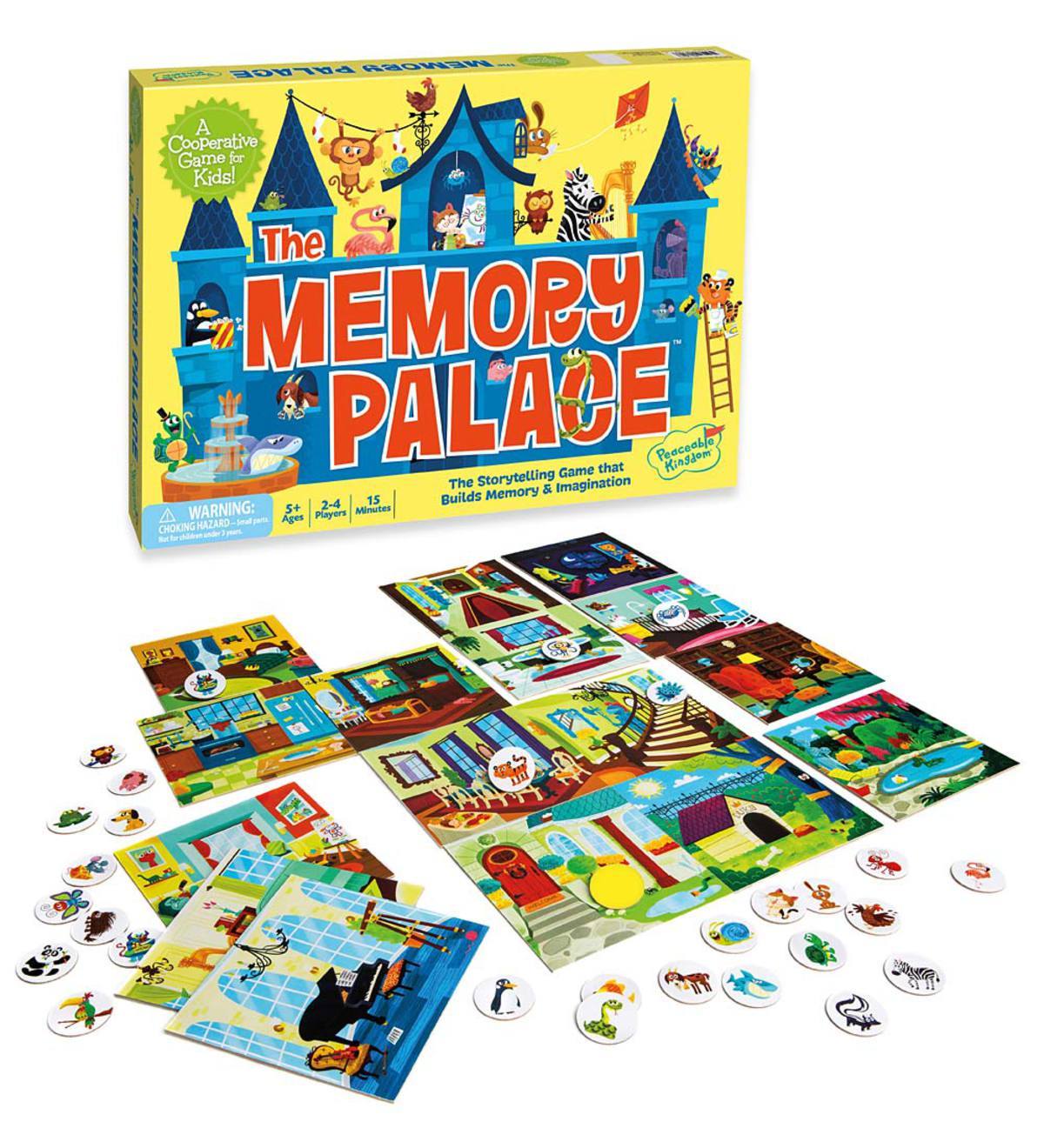
The Memory Palace is a storytelling game designed for younger children and incorporates elements from several games I’ve already mentioned.
This storytelling game is image only, which is great for non-readers. It also has a memory element to the game, which is fabulous for younger kids who are still building those skills as well.
If you want to check out awesome homeschool resources for other subjects, check out my review page for games and books and toys for every homeschool subject.
Want tons of FREE resources to
help your homeschool?
Save for later by pinning to your favorite Pinterest board!

